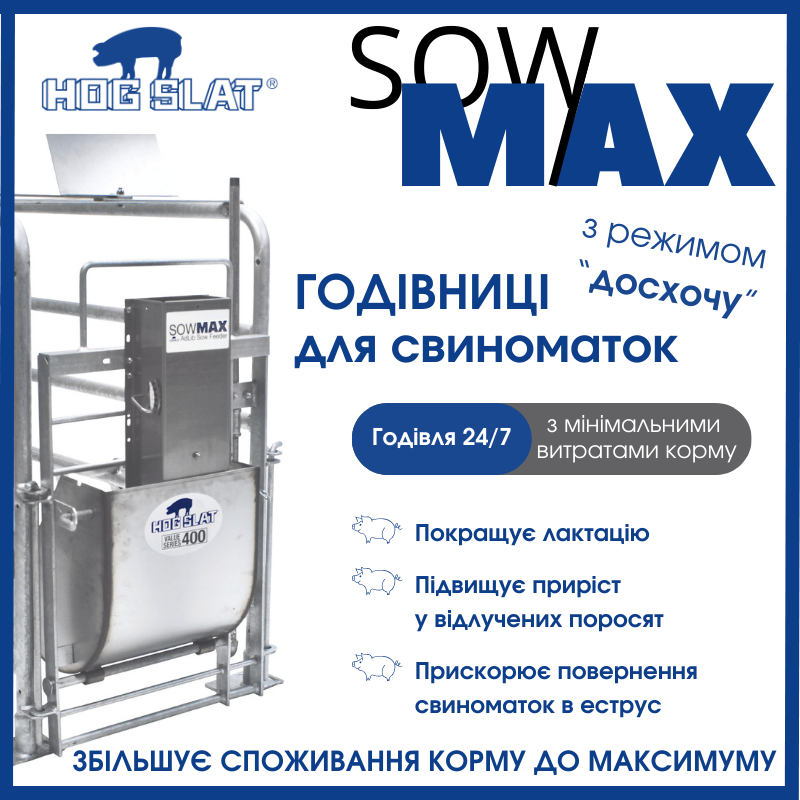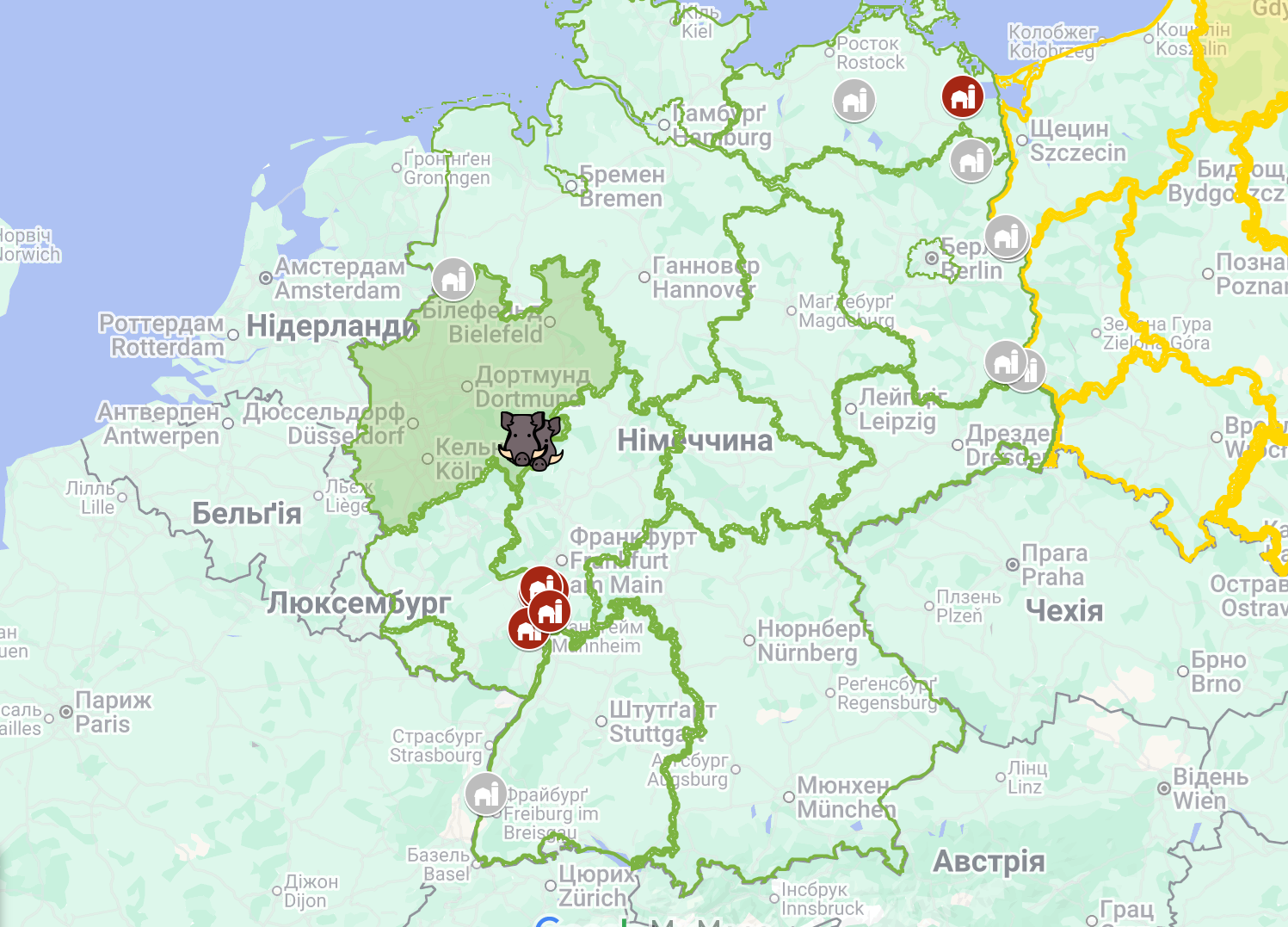The carcass of a wild boar was found in early July near the town of Bad Berleberg. According to the German publication Top Agrar, the animal had been dead for 2-3 weeks before it was discovered and examined.
The ‘infected zone’ is expanding
The first 14 cases of ASF in NRW were detected in June in the district of Olpe (Kirchhundem area). All of them were concentrated within a radius of 500 metres, which gave rise to the creation of an ‘infected zone’ that included parts of the neighbouring districts of Siegen-Wittgenstein and Hochsauerland. The new infected carcass was also found within this zone.
Pig farms under threat
According to Top Agrar, 6,503 pigs are kept at 62 locations within the ‘infected zone’:
- more than 699 animals – 5 farms;
- 21 to 699 animals – 6 farms;
- less than 21 animals – 51 private or small farms.
After a mandatory 15-day ‘marketing ban,’ the authorities allowed the controlled removal of pigs from the zone. A special permit is required for sale, which involves blood sampling and examination of the animals by a district veterinarian to prevent the accumulation of livestock and further spread of the disease.
Context
The spread of ASF in Germany's most densely populated state is causing concern not only among local producers but also in neighbouring countries – Belgium and the Netherlands, whose borders are less than 150 km from the outbreak. At the same time, in eastern Saxony, where ASF has been recorded since 2020, the last restrictions were officially lifted last week, indicating that it is possible to localise the virus under strict biosecurity measures.
Experts urge hunters to promptly report any wild boar carcasses they find, and farmers to strengthen internal biosecurity and strictly comply with veterinary requirements when moving animals.
PigUA.info based on materials from pigprogress.net



